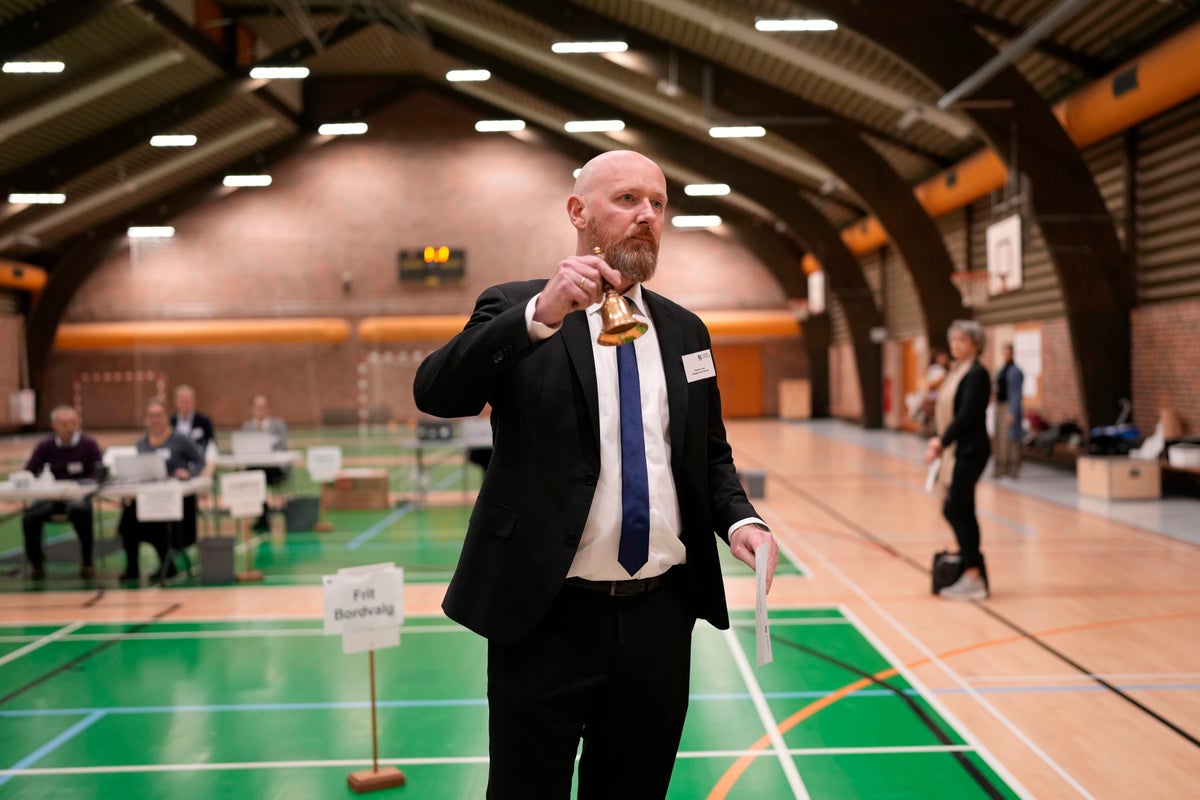
Polling stations across Denmark opened Tuesday in a national election expected to change the Scandinavian nation’s political landscape, with new parties hoping to enter parliament and others seeing their support dwindle.
Neither the center-left nor the center-right is expected to capture a majority, which is 90 seats in the 179-seat Folketing legislature. That could leave a former prime minister who left his party to create a new one this year, in a kingmaker position with his votes being needed to form a new government.
More than 4 million Danish voters can choose among 14 parties. Domestic themes have dominated the campaign, ranging from tax cuts and a need to hire more nurses to financially supporting Danes amid inflation and soaring energy prices because of Russia’s war in Ukraine.
At least three politicians are vying to become prime minister. They include Prime Minister Mette Frederiksen, who steered Denmark through the COVID-19 pandemic and teamed up with the opposition to hike Danish defense spending in the wake of Russia’s invasion of Ukraine, and two center-right opposition lawmakers — Jakob Ellemann-Jensen, the Liberal leader, and Søren Pape Poulsen, who heads the Conservatives.
On the center-right two new parties that want to limit immigration, are bidding to enter parliament and may push out a third similar group that has had a key role in earlier governments by pushing for stricter migration rules without being inside a governing coalition.
Frederiksen has been heading a minority, one-party Social Democratic government since 2019 when she ousted Løkke Rasmussen.







